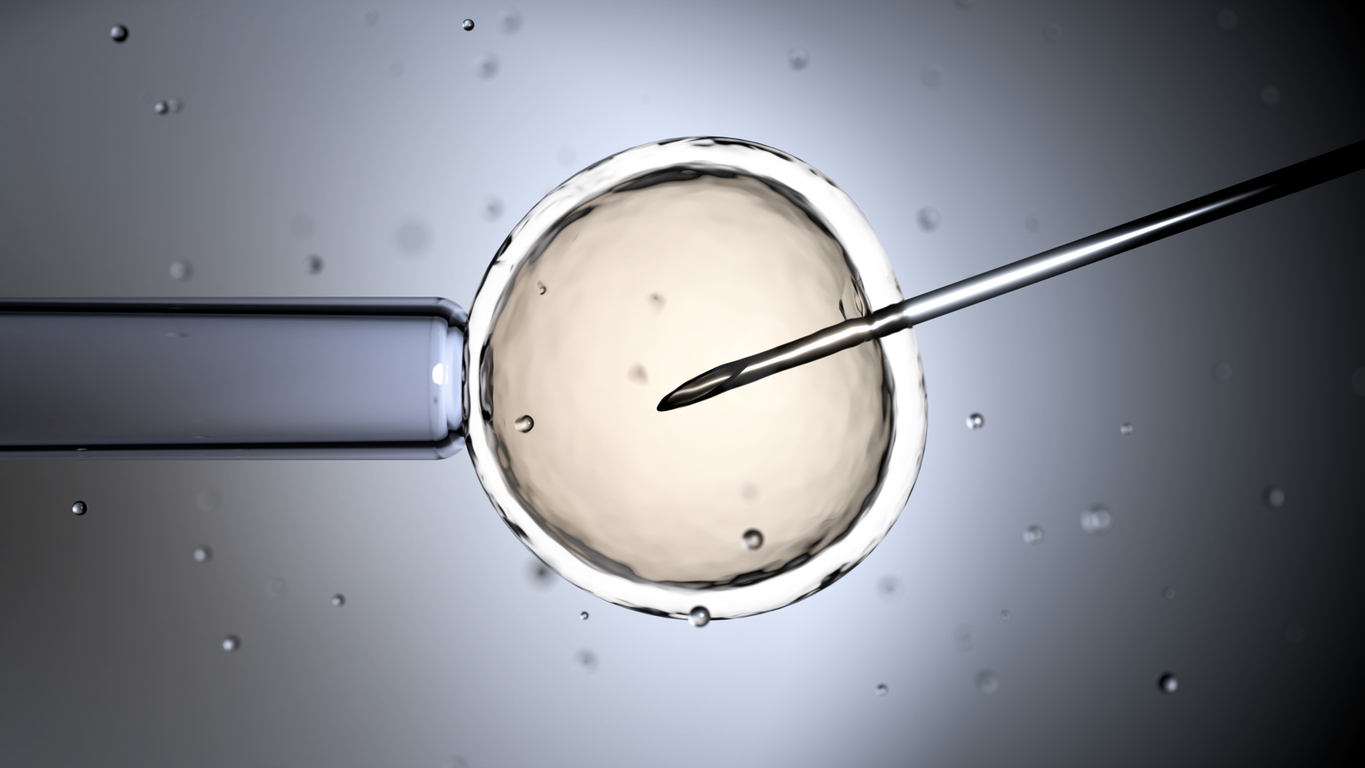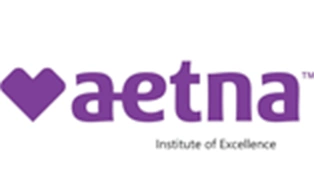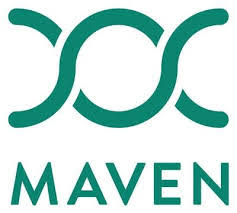
When a baby boy named Thaddeus entered the world on July 26, 2025, his story shocked the world because it began decades ago. Conceived in 1994 and preserved in cryogenic ice for over 30 years, his birth shattered records and affirmed the astonishing resilience of frozen embryos. For Reach Fertility, Thaddeus’s arrival isn't just a scientific marvel, it's a reminder of why their donor-embryo program matters.
Thaddeus’ journey is a stunning testament to the durability of cryopreserved human embryos. Despite challenges, including a difficult birth, his parents Lindsey and Tim Pierce are doing well. Lindsey describes their sweet new bundle of joy as being a “chill” baby and says, “We are in awe that we have this precious baby.”
Why This Matters?
Cryopreservation Works: The birth of Thaddeus reaffirms that embryos can remain viable even after decades in storage. Studies show that storage duration doesn’t negatively impact pregnancy outcomes, including implantation, miscarriage, and live birth rates.
Reach Fertility’s donor-embryo program offers a heartfelt and efficient avenue to parenthood by facilitating the transfer of embryos that are already cryopreserved. It allows hopeful parents to bypass egg retrieval and fertilization, significantly shortening the journey to embryo transfer.
Key features of Reach’s program include:
- Streamlined Access: Because embryos are pre-created and stored, recipients can often proceed more quickly to transfer.
- Ethical & Impactful Donation: Donor families can choose between known (direct) or anonymous donation offering unused embryos a meaningful path rather than discarding them.
- Inclusive Family Building: Reach welcomes a broad spectrum of individuals and couples—single parents, LGBTQIA+ families, and others seeking functional options for growing their family.








